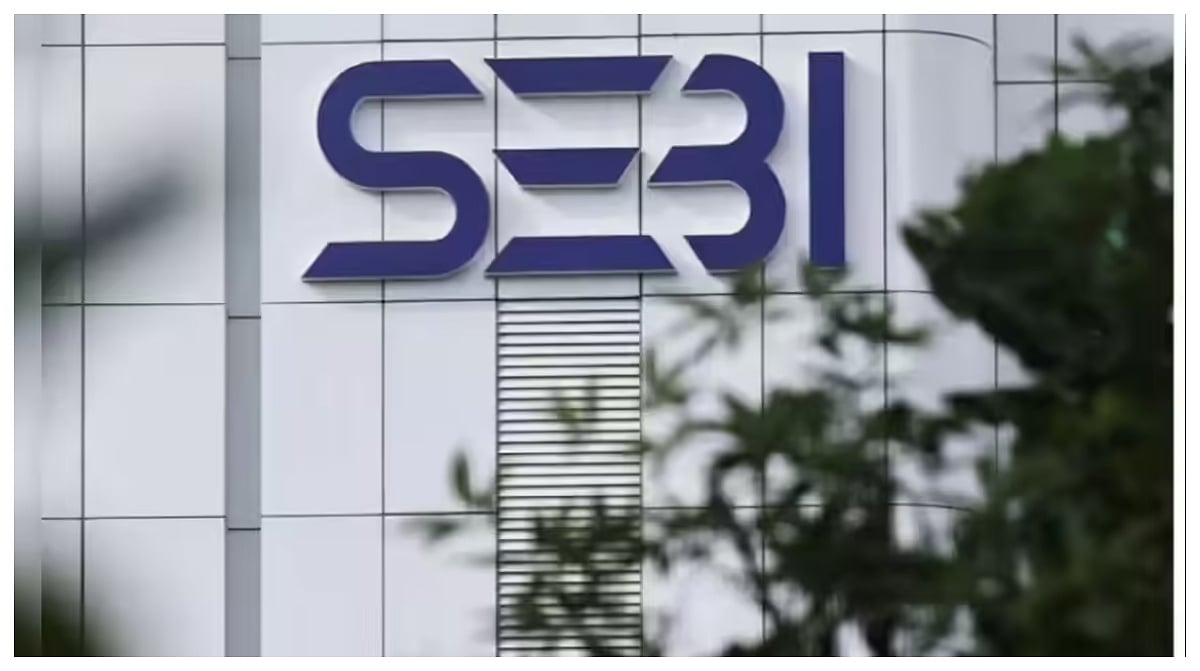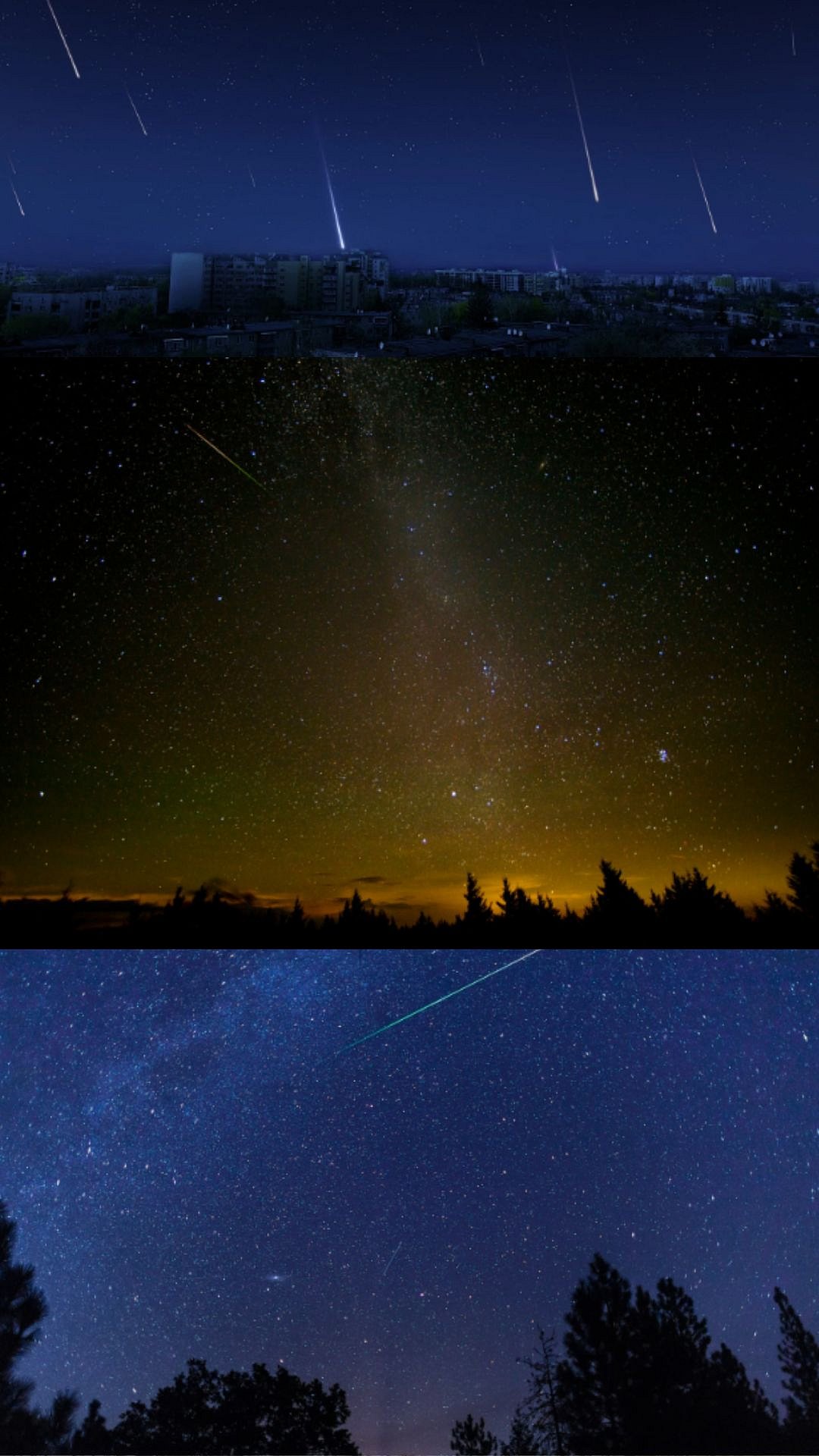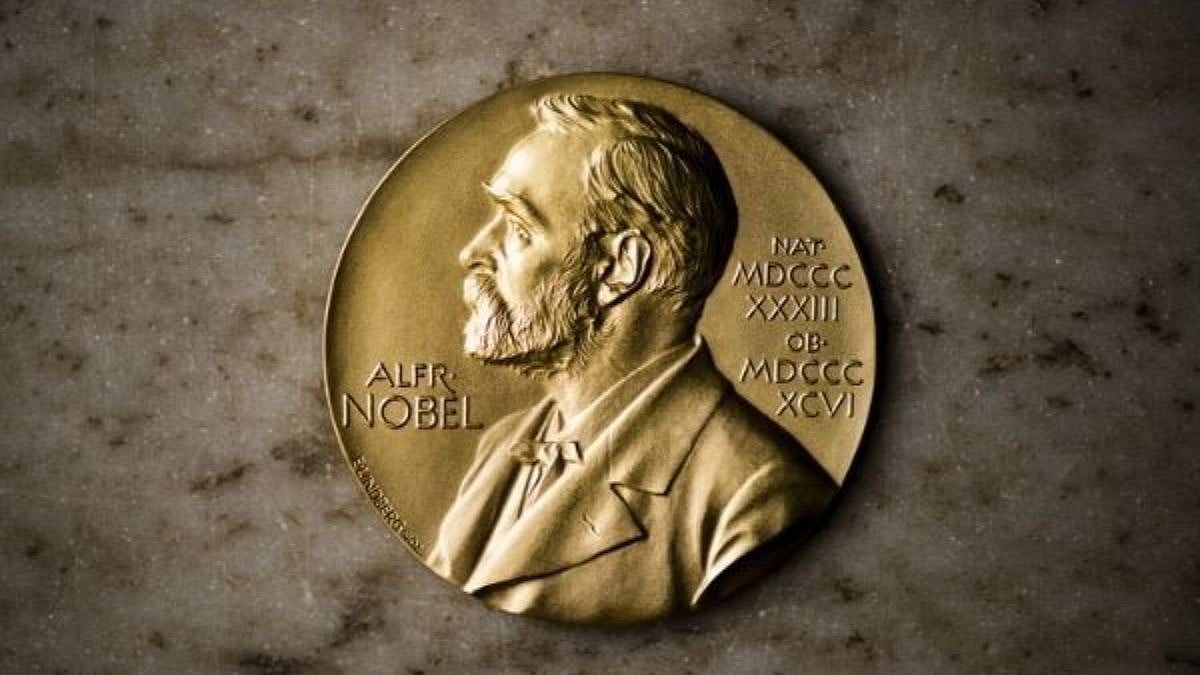The upper stage of the PSLV-C37 rocket re-entered the Earth's atmosphere seven years after its launch, as announced by the Indian Space Research Organisation (ISRO) on October 8. According to the US Space Command estimate, it plunged into the Earth's atmosphere on October 6 around 9:19 PM IST and landed in the North Atlantic Ocean.
On February 15, 2017, the famous PSLV-C37 mission took off carrying Cartosat-2D as its main payload along with 103 other satellites, including INS-1A, INS-1B, Al-Farabi 1, BGUSAT, DIDO-2, Nayif 1, PEASS, 88 Flock-3p satellites, and 8 Lemur-2 satellites. The groundbreaking mission was the first ever of its kind, making history by deploying 104 satellites using just one spacecraft.
ISRO stated in their official release that the upper stage PS4 remained in an orbit of around 470 x 494 km after injecting the satellites and passivation. Heading the continuous tracking of the rocket was the responsibility of the US Space Command, which is a unified combatant command within the US Department of Defence. According to reports, the rocket was monitored as an entity with a NORAD identification number of 42052. As time passed, its distance from Earth in orbit decreased slowly, mainly because of atmospheric drag.
ISRO's IS4OM has been monitoring orbital decay since September 2024 and forecasted the rocket's re-entry into Earth's atmosphere in early October.

According to the Inter-Agency Space Debris Coordination Committee (IADC) guidelines, a non-operational object in low-earth orbit (LEO) should not remain in orbit for more than 25 years after its mission ends. The upper stage PSLV-C37 rocket body will re-enter within 8 years of its launch, as per the guidelines mentioned earlier. This was achieved by correctly decreasing the orbit of PS4 following the injection of the satellites.
ISRO has been taking steps to reduce the residual orbital lifespan of PSLV upper stages to five years or fewer. This is done by lowering their altitude orbits through engine restarts, as seen in missions PSLV-C38, PSLV-C40, PSLV-C43, PSLV-C56, and PSLV-C58. Moreover, there are plans for upcoming PSLV missions to include controlled re-entry techniques for safely disposing of the upper stages.
The increasing issue of space debris, also known as space pollution, pertains to any man-made object in space that is no longer operational or has been abandoned. This consists of inactive satellites, used rocket parts, pieces from crashes, paint specks, and protective shields for debris. These space debris can pose a threat to other operational satellites orbiting in space. The IADC is an international organisation focused on coordinating initiatives for managing space debris.










